On Monday, February 27, the European Space Agency (ESA) made a 'timely' announcement.
Along with other space agencies around the world, they are going to work to create a time zone for the Moon.
With so many missions to the Moon planned for the future, this need has become more important than ever.
Let's look at what time actually is, and why telling time differently on the Moon matters.
How do we tell time?
We tell time with a clock, right? But how do we decide what that clock says?
In the simplest terms, time is how long it takes for something to happen. Time can be short, like a sneeze. Or it can be very, very long, like the lifespan of a star. How we tell time depends a lot on where we are and what we are doing.
Here on Earth, our version of time is based heavily on the movement of our planet.
All in a day's work
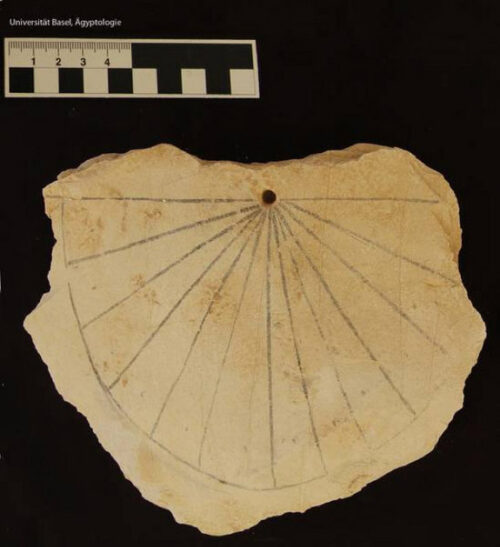
The world's oldest known sundial, dating back to Egypt in 1500 BC. This is an early clock that uses shadows cast by the Sun to tell time. (Wikimedia Commons)
For example, a day is the amount of time is takes for Earth to complete a full rotation. (Or to ancient civilizations, it was the period of time between things like sunrise and the next sunrise).
And a year? Well, that's how long it takes for Earth to complete a full orbit around the Sun.
So even though time units like hours, minutes, and seconds have gone through all sorts of names and changes over the millennia, human time has always come back to the same basic truth.
Life on Earth is ruled by things like the length of a day or the length of seasons. So we use those things to tell time.
In the zone
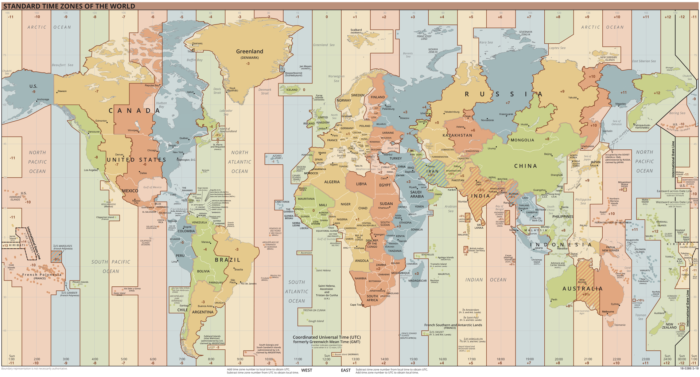
A map showing all of the world's time zones. (Wikimedia Commons)
Of course, even if we all tell time using the same units, it is a different time of day depending on where you are on the planet. This is why it can be breakfast in Calgary at the same time that kids in Beijing are getting ready for bed.
To adjust for that, we have time zones.
The 24 time main zones are all separated by an hour. These zones are what allow 8:00am local time in Halifax, Nova Scotia to look pretty similar to 8:00am local time in Paris, France. The different time zones mean that to the people who live in these cities, sunrise and sunset feels about the same—even if they aren't actually happening at the same time throughout the world.
Do you follow? Great!
A whole other world
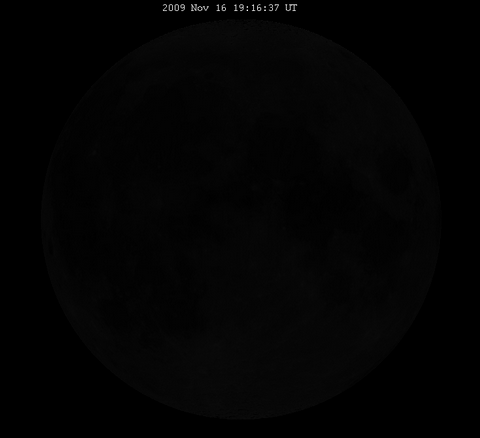
A sped-up animation of a whole lunar day. (Wikimedia Commons)
All of that is great on Earth, but what about the Moon? A moon's 'day' (or its own sunrise to sunrise) is the amount of time that it takes to fully orbit the Earth. That works out to around 29.5 Earth days. (Pretty close to a month, right? Are you starting to get a sense of where those come from ...?)
That's not really helpful to a human being, though. So in the past, lunar missions have always based their timing on a time zone on Earth. The Apollo missions used Coordinated Universal Time, the time zone that runs through Greenwich, England, as their marker.
Those missions worked out pretty well, so why not keep things that way?
New era, new zone
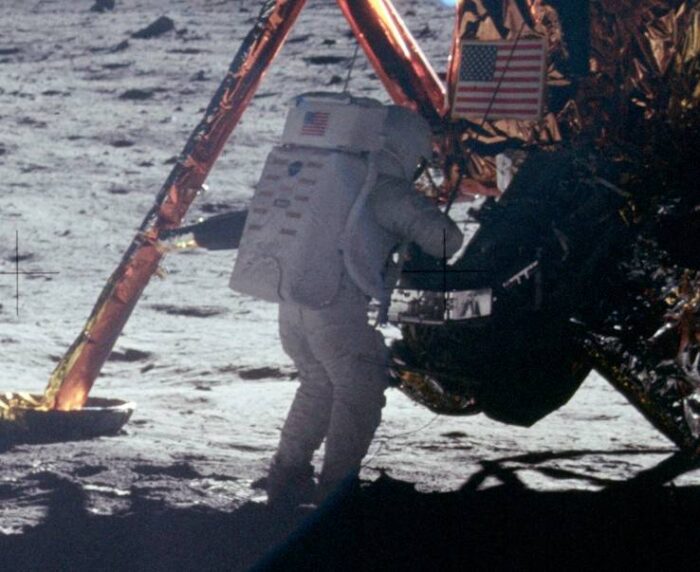
Using Earth time worked for brief lunar missions like Apollo 11, but they won't cut it in the future. (Wikimedia Commons)
Because while the Apollo missions barely spent 24 hours on the Moon, future missions like Artemis and Lunar Gateway are hoping to stay much, much longer. In the end, the goal is to have a permanent lunar base.
And the astronauts working on these bases, spacecraft, and space stations? They will be running daily missions and tasks with each other, which require precise timing. And on top of that, the astronauts will also need to be aware of local hazards on the Moon, like exposure to the Sun and solar storms. The easiest way to make sure that everyone is on the same page? Have local Moon time!
This is what the ESA, NASA, JAXA, and other space agencies are trying to figure out. What the best system of time is for humans to use on the Moon. It's a interesting problem to solve!
A lunar time zone is going to be part of a larger project called LunaNet, which is basically going to be the internet on the Moon. What will that look like? Watch this video from NASA to find out!
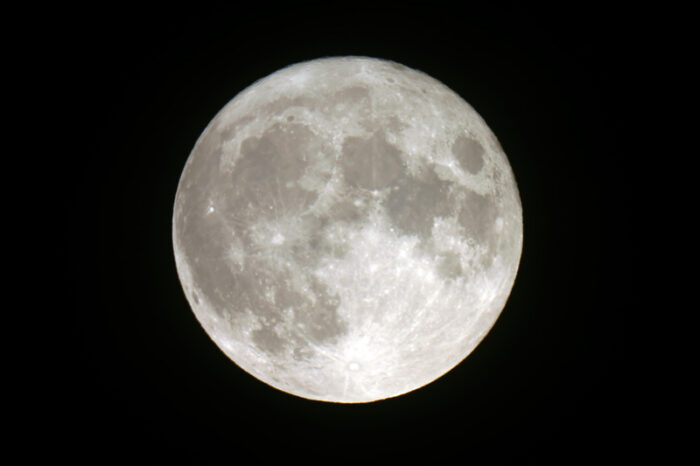 What time is it up there? We're about to figure that out. (ID 22403 © Marbo | Dreamstime.com)
What time is it up there? We're about to figure that out. (ID 22403 © Marbo | Dreamstime.com)









